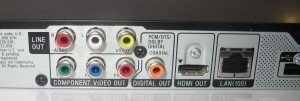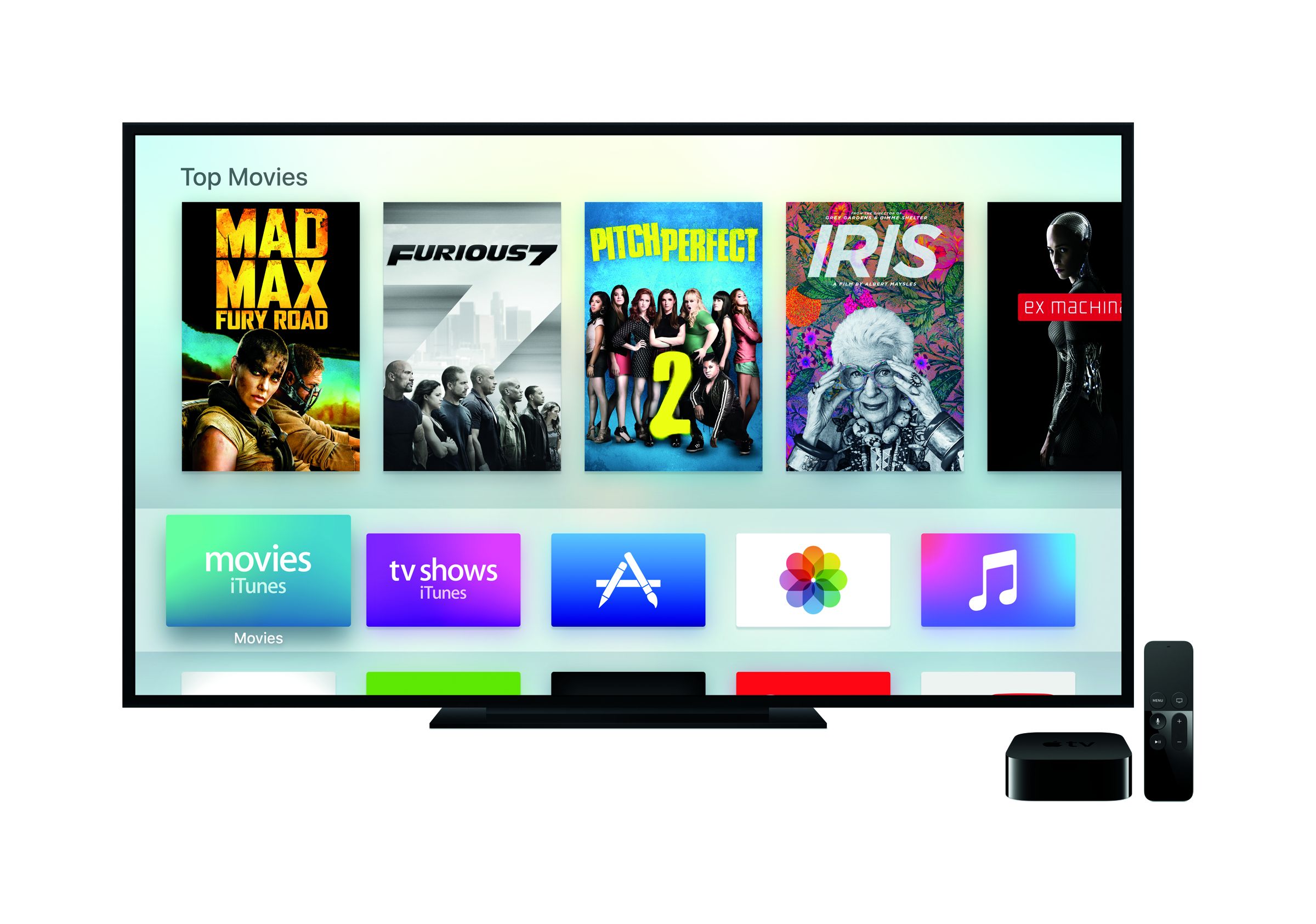Introduction
I have written a previous article about recent Blu-Ray players with Internet-video functionality and how they can bless a TV with many years in its life with this “smart-TV” or “Internet-video” functionality.
Now I am reviewing the Sony BDP-S380 Internet-enabled Blu-Ray player which is an example of these players and is the entry-level model in Sony’s component Blu-Ray player lineup. This unit interests me because it is an example of a Blu-Ray player that can extend the functionality of existing TV sets, including older and cheaper units, by providing access to Internet TV services.
The BDP-S480, which is the next model up in the series and costs AUD$30 extra, has the functionality of this player but can show 3D-capable Blu-Ray discs on 3D-capable displays, as well as drawing down material held on the DLNA Home Media Network. The BDP-S580 also has integrated Wi-Fi functionality for most home and small-business Wi-Fi networks.
Price
Recommended Retail Price: AUD$199
Sony BDP-S480 Recommended Retail Price: AUD$229
Functions
| Internet Radio | NPR Radio |
| Internet TV | YouTube, LiveStrong, Wired, Market-specific catch-up TV services |
| Optical Disk | Blu-Ray / DVD / SACD / CD |
| Stored Memory | USB Mass-Storage Device |
Connections
| Output | |
| Audio Line output | 2 x RCA stereo |
| Digital Audio output | SPDIF PCM / Bitstream via RCA coaxial PCM / Bitstream via HDMI |
| Video Line output | 1 x RCA composite, |
| Component Video Line Output | 3xRCA jacks (YCC or RGB) |
| Video HDMI output | 1 x HDMI |
| Network | |
| Wi-Fi | 802.11n WPA2 WPS with optional Sony dongle |
| Ethernet | Yes |
The unit itself
The Sony BDP-S380 is a slimline Blu-Ray Disc player that can work well as a DVD player or basic gateway to video-on-demand services.
Equipment setup
You can connect this Sony Blu-Ray player to a large range of older and newer video equipment. An example of this is the component video output being able to be set to yield RGB component video as well as YCC component video. This will please those of us who have European TVs that are equipped with a SCART connector or video projectors and monitors that have RGB video connectors. In the former case, the user will need to purchase a SCART-component-video cable and in the latter case, they will need to make sure the device accepts basic RGB video input through three RCA or BNC terminals.
Of course, the BDP-S380 can work with HDMI-enabled video equipment as a Blu-Ray player should and has the ability to connect to home-theatre receivers or digital preamplifiers via an SP/DIF coaxial RCA connector.
It can connect to the home network via Ethernet or Wi-Fi via an extra-cost USB dongle available from Sony. Personally, I would connect this player to the home network via an Ethernet or HomePlug AV connection in order to benefit from reliable performance, and have tested this player’s network ability with this connection setup.
General operation experience
The BDP-S389 Blu-Ray player has a user experience similar to what happens with other Sony consumer audio-video equipment made over the last few years that uses the TV as its user interface. Examples of this include the PlayStation 3 and the STR-DA5500ES home theatre receiver which I reviewed previously.
This user interface, known as the “XrossBar” interface, has you moving between the main media types (Music, Pictures, Video) and the Setup and Network options using the “Left” and “Right” buttons on the device’s remote’s D-pad. Then you select the sptions like media collections and services or setup screens using the “Up” and “Down” buttons on that D-pad. When you are in this interface, you really know where you are because you still see some of the other top-level icons on the screen.
Local media playback
The Sony BDP-S380 is able to work properly as a fully-functional standard Blu-Ray player. This includes the ability to work with BonusView and BD-Live discs that require reusable local storage or network connectivity.
Of course, like nearly all DVD and Blu-Ray players that are on the market since the last few years, this unit need to be operated by their remote control.
It can play content held on USB Mass-Storage Devices, primarily memory keys and single-unit flash-card readers. The instructions mention that this player could work with USB hard disks but the player may not provide enough power to drive the bus-powered 2.5” hard disks by itself.
Here, the Sony has two USB ports for connection of these media devices. But the front port can be used for the optional Wi-Fi dongle or a USB keyboard. At the moment, this would come in handy when using the built-in YouTube or Qriocity services where you enter in user login details or search for media. The rear USB port is used for separate local storage if you are using BD-Live or BonusView discs.
There is a small display on the front that can come in handy for playback of audio CDs and SACDs without the need for the TV to be on.
Network Media
The Sony BDP-S380 can be used to connect to the local “catch-up TV” / video-on-demand services that are offered by most of the channels. For Australian viewers, this includes the ABC iView service, the SBS service and the Plus7 service.
You also have access to other Internet video libraries like the YouTube library, the Qriocity library, LiveStrong.com amongst many others. With some of the libraries, you have to log in to the libraries to gain proper functionality such as access to personalised content selections. There is an option to allow this player to regularly poll for new services that are delivered on the Bravia Internet Video platform, which you can do through the setup menus.
The login experience for services like Qriocity and YouTube is primarily “SMS-based” where you use the numeric keypad on the remote control to enter your login parameters. If you need to change character sets, you have to highlight a “ABC” / “123” option using the D-pad. There is the option to use a USB keyboard for improved login experience.
Like most of these devices, there isn’t any form of catering for the reality of multiple users sharing the one piece of equipment. Here, if you log out of the YouTube client for example, the software doesn’t cache your username – you have to enter these details fully.
Being an entry-level model, the Sony BDP-S380 loses some features. One of these, which I find critical for the networked home, is DLNA media playback. The Sony BDP-S480, which is the model above, has this feature along with Blu-Ray 3D playback as the two main differentiating features.
Limitations and Points Of Improvement
I would recommend that Sony provides the DLNA media playback feature across the whole component Blu-Ray player range for the next model run and provide extra DLNA features like MediaRenderer functionality for step-up and top-shelf models.
As well, I would like to see support for an improved multi-user “hot-seat” experience for this class of devices, such as retention of username and/or simplified PIN login options. It could also benefit from social communications features like Twitter / Facebook access and a Skype videoconferencing terminal in a similar vein to Sony’s BRAVIA TV sets.
Conclusion
I would recommend the Sony BDP-S380 Blu-Ray player as a good-quality Blu-Ray / basic Internet video solution for use with a cheaper or older TV set. This is more so for those of us who want to “cut our teeth” on Internet video by replacing a half-dead “Chinese-special” DVD player rather than replacing a TV set with many miles left in it. You also get a good-quality reliable optical disc player as well as an Internet-video terminal in the same package.
If you want more functionality with your home network, especially if you have lots of media on a network-attached storage device, I would prefer that you spend the extra AUD$30 and go for the Sony BDP-S480 rather than this model.







Hi I have one of these and i can’t seem to be able to output to rgb? you say “the component video output being able to be set to yield RGB component video as well as YCC component video” I only have component out and so can’t connnect to an rgb scart via an rgb to scart cable, how do you switch the component outs to rgb? thanks
Hi, I’ve checked again after reading your review as you state quite clearly that the bdp-s380 component out can be set to rgb!? “3xRCA jacks (YCC or RGB)” and that your review is based on this player putting life into older televisions but I’m sure you’re mistaken!! I have no option to set component outs to rgb so the only way i can connect this player to my sony wega trinitron 28″ widescreen tv is via composite video!! which is worse than my sony dvd player connected via rgb scart! it dosnt even have s-video out which could have been a saving grace, so this player is infact a downgrade in picture quality from my old sony dvd player! yes it plays blurays but via composite they look worse than dvds do on rgb. At least the BDP-S350 had s-video out but then that has no internet tv 🙁 if I’m wrong and there surely is away to turn these component outs to rgb then please tell me because i can’t find it, i can choose hdmi, component or composite on the screen settings and that’s all. This means there is no way to connect this device to older televisions, plasmas, projectors etc other than composite video which is the lowest quality input these devices have available. In my opinion this device does not breath life into older televisions, It is fact extremely HDMI oriented. It is however a great bluray player, I use it on my SONY BRAVIA HD in the house but I wanted to move it to the SONY WEGA in the gym.
You have to go to the settings menu and set the component video output to RGB
I think I see where you have gotten confused here, you can change the colour output through the HDMI to YCC or RGB. This setting does not turn the Component YCC to RGB unfortunately. So in fact it doesn’t put new life into older RGB televisions 🙁 I would say it’s a poor review but I can understand why you made that mistake.
I have one of these players and what I wish to do is to use this player to play music at my office without the use of a monitor. It works perfectly fine with a CD but I can’t seem to access the use of USB drives without a TV. Help?